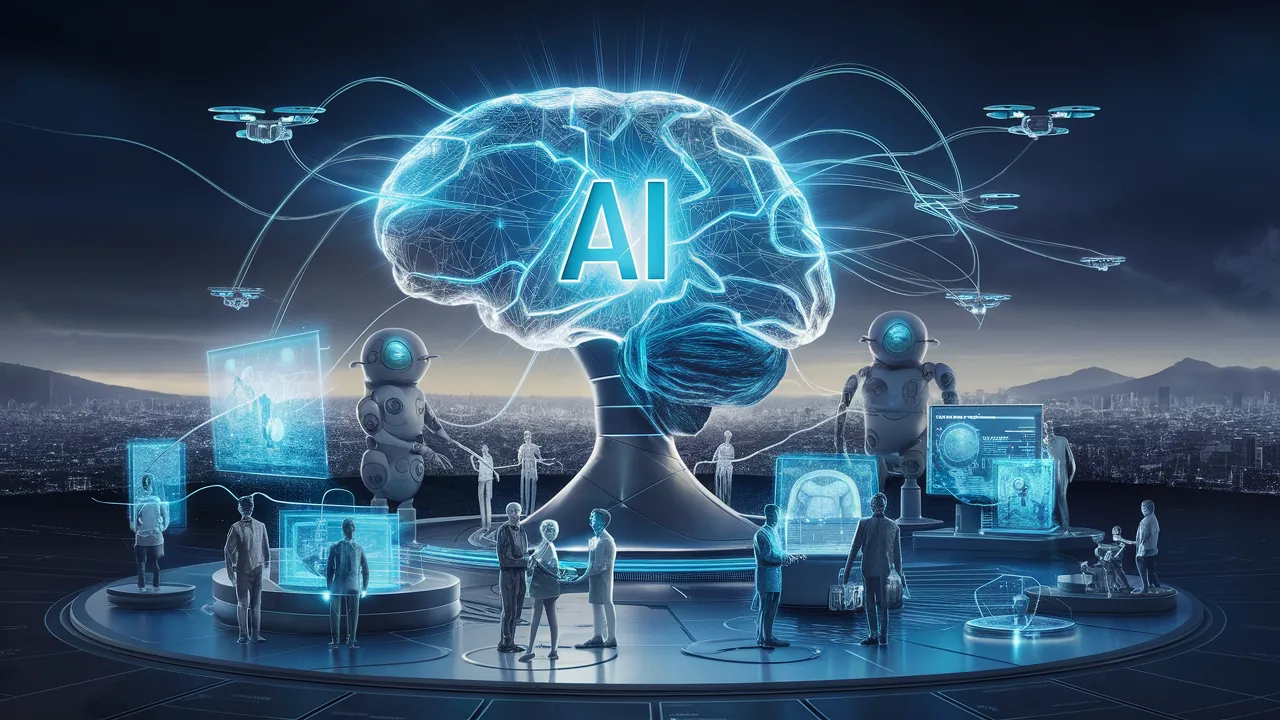How did artificial intelligence come about?
Is artificial intelligence an aid or a threat to humanity? It all depends on whether it works with us or instead of us.
The roots of AI can be traced back to the mid-20th century, with the groundbreaking work of researchers like Alan Turing, who proposed the concept of a "universal machine" capable of performing any computation. Over the years, scientists and engineers continued to explore the possibilities of artificial intelligence, developing early systems for tasks like problem-solving, pattern recognition, and language processing.
One significant milestone came in 1956 when the term "artificial intelligence" was coined at the Dartmouth Conference, where leading researchers gathered to discuss the potential of creating machines that could think like humans. This event marked the official beginning of the AI field as we know it today.
In the following decades, progress in AI research experienced both highs and lows, with periods of optimism followed by "AI winters" characterized by reduced funding and interest due to unmet expectations and technological limitations. However, steady advancements continued to be made in various subfields of AI, including machine learning, neural networks, natural language processing, and computer vision.
The turn of the 21st century saw a resurgence of interest in AI, fueled by the availability of vast amounts of data, increased computational power, and breakthroughs in algorithms, particularly in deep learning. Companies like Google, Facebook, Amazon, and others began investing heavily in AI research and development, leading to significant breakthroughs in areas such as image recognition, speech recognition, and autonomous vehicles.
Today, AI is integrated into many aspects of our daily lives, powering virtual assistants, recommendation systems, personalized advertisements, and much more. The field continues to evolve rapidly, with ongoing research pushing the boundaries of what AI can achieve.
So, in a nutshell, the development of AI has been a complex and multifaceted journey involving contributions from researchers, engineers, and innovators across disciplines. It's a story of perseverance, innovation, and the relentless pursuit of creating machines that can replicate and augment human intelligence.



Comments
Post a Comment